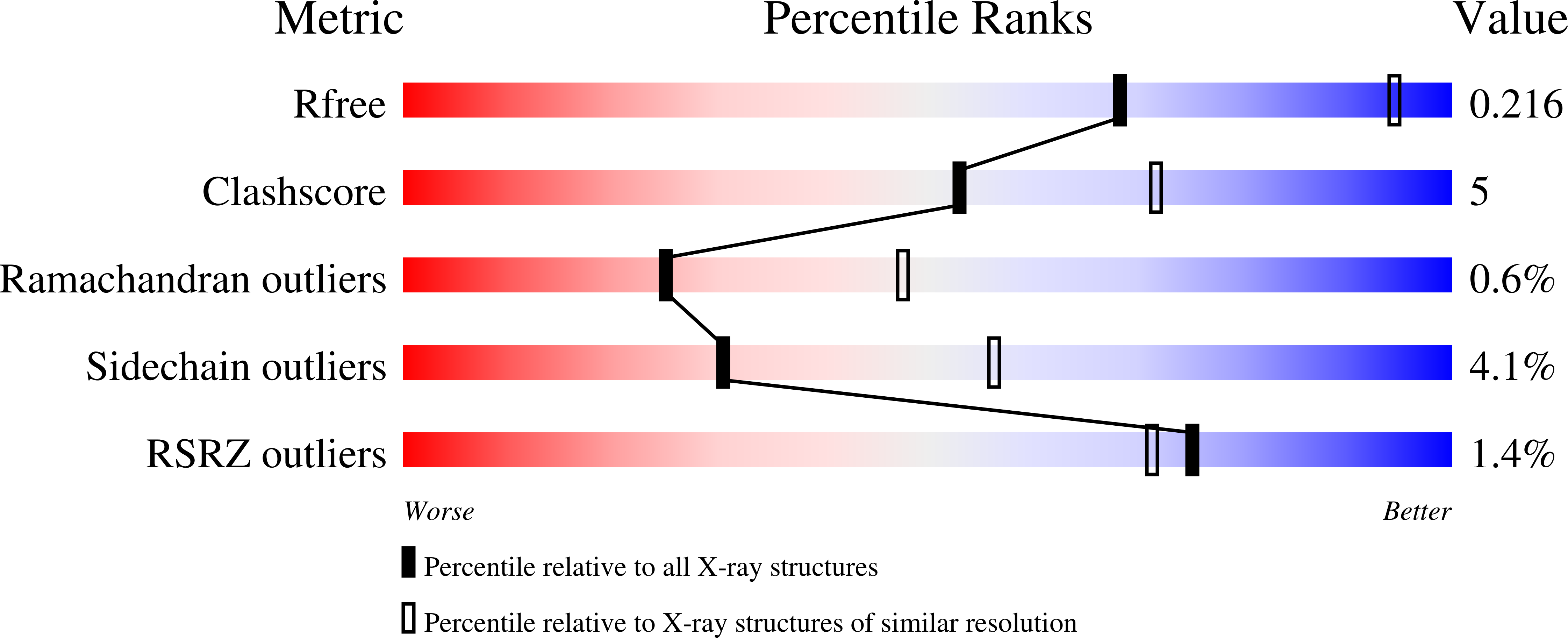
Deposition Date
2021-03-04
Release Date
2022-02-16
Last Version Date
2024-01-31
Entry Detail
PDB ID:
7NRZ
Keywords:
Title:
Crystal structure of malate dehydrogenase from Trypanosoma cruzi
Biological Source:
Source Organism:
Trypanosoma cruzi (strain CL Brener) (Taxon ID: 353153)
Host Organism:
Method Details:
Experimental Method:
Resolution:
2.60 Å
R-Value Free:
0.21
R-Value Work:
0.20
R-Value Observed:
0.20
Space Group:
P 21 21 21


